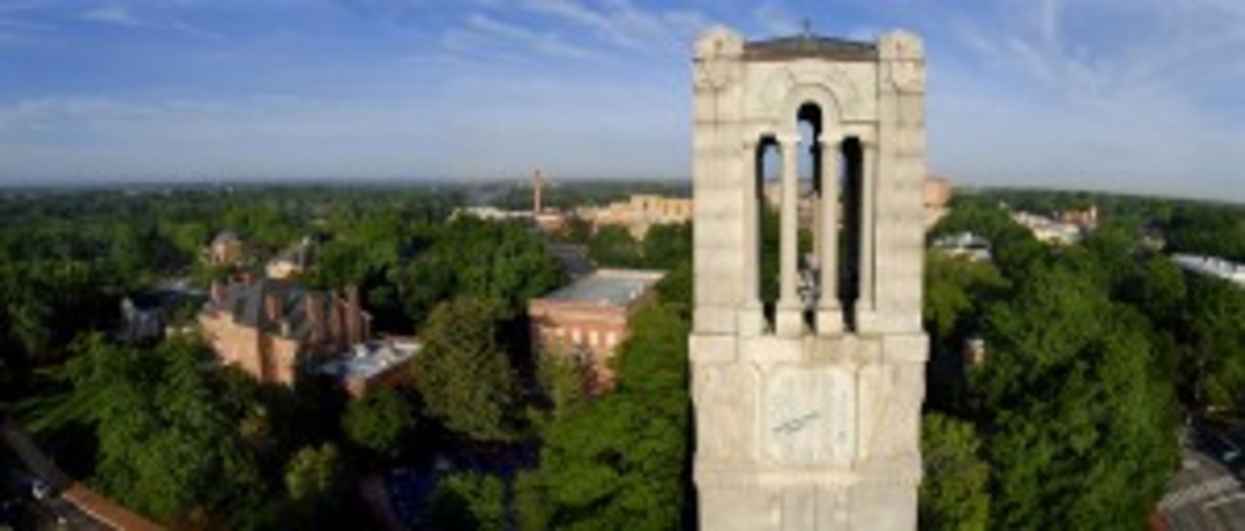"An Instrument of Urban Planning: Bells and the Sonic Remediation of Community Space in the Southeastern United States," Tiffany Ng

Tiffany Ng, a BCNM Designated Emphasis student and Music PhD candidate, gave a paper in November 2012 at the joint meeting of the American Musicological Society, Society for Ethnomusicology, and Society for Music Theory in New Orleans. The joint panel, entitled "The City Is A Medium," was chaired by Alexander Rehding with respondent Veit Erlmann. Below is an abstract of the article, which investigates debates over amplified, synthesized musical sounds in semi-public spaces.
"An Instrument of Urban Planning: Bells and the Sonic Remediation of Community Space in the Southeastern United States"
Although the Guild of Carillonneurs in North America defines the carillon as an instrument “of at least two octaves of carillon bells...played from a keyboard,” this circular, agentless definition rarely prevents suppliers and owners of automated or synthesized bells from using the same term for their inexpensive yet potent mediators of the built environment. This paper analyzes two sites where carillons (defined broadly) create sonic space in which listeners can imagine themselves as tight-knit, homogeneous communities, and imagine new planned environments as organically grown. These electronic carillons call for Bolter and Grusin’s concept of remediation—the emulation and surpassing of old media by new—to describe how they transform social landscape interpretation.
For North Carolina State University’s administration, electronic bells simulate a historically authentic soundscape by evok- ing utopian American small towns and Old World universities. By remediating and technologically superseding these models, they make possible the paradoxical 2011 student newspaper headline “Real bells play once again from Bell Tower’s speakers.” Yet dissatisfied students launched a record-setting 2010 fundraising campaign for a cast-bell carillon. For these nostalgic Millennials, the authenticity of a soundscape created by a musician’s labor and bronze materiality would transform the university landscape into a refuge from simulacra and even awaken a unified student voice.
Escaping its monumental referent, the term “carillon” also distills its evocative power into text and image. Suburban developments like malls and retirement homes take its name, simulating cohesion, history, and memory despite continual population turnover and oftentimes nonexistent bells. In Florida’s exclusive Carillon Beach residential development, the land- mark carillon was recently renovated to be fully electrically activated. This self-playing marvel parallels the developer’s urban planning approach, a Floridian New Urbanism that constructs the appearance of organic growth through strict, exclusionary planning restrictions, resulting in a landscape much like Baudrillard’s hyperreal Disneyland, whose referent exists nowhere in the real. I argue that this simulated, remediated instrument performs community branding and historical iconicity across a commodified vacation landscape of transient residents. As NCSU’s bells intimate a surpassed historical lineage, this developer finds traditional musicianship inadequate to its hyperreal community.
